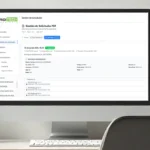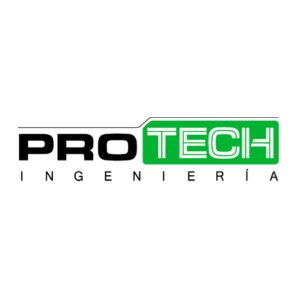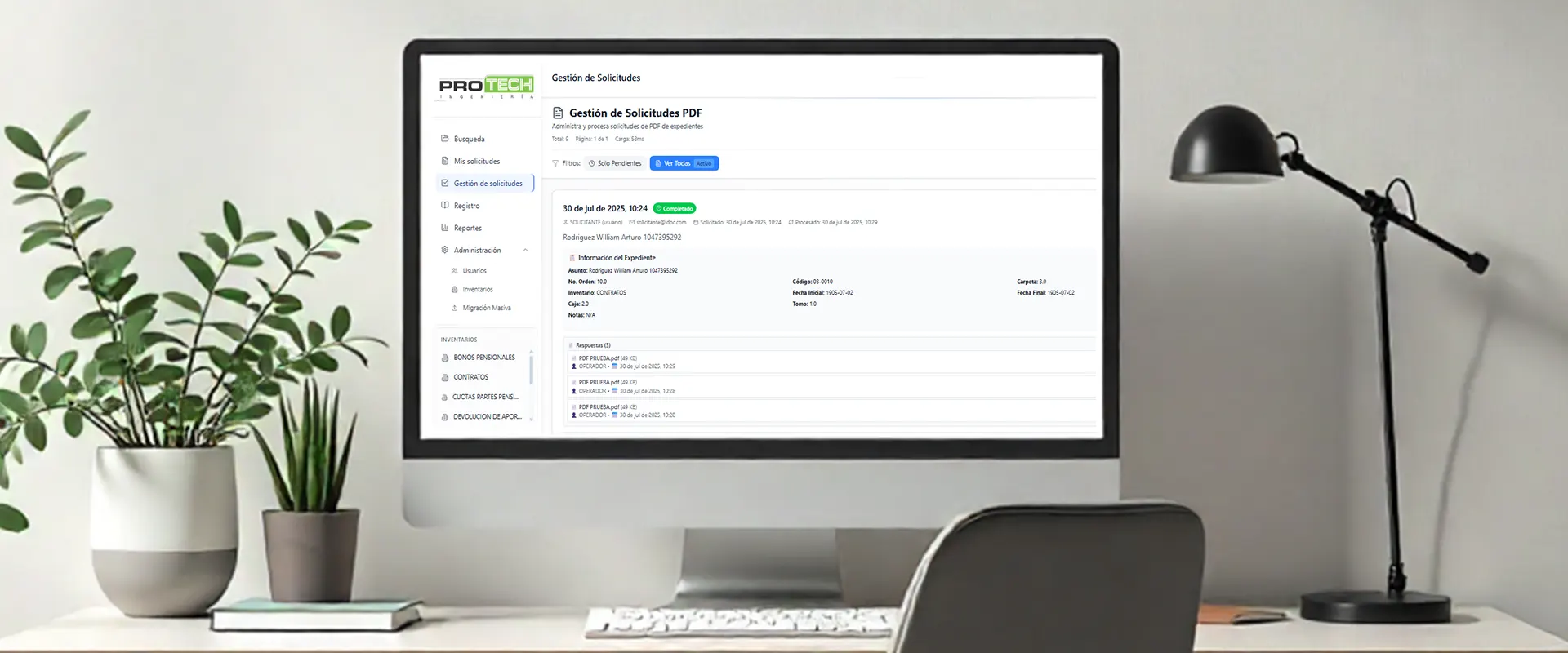The activity of scanning documents has become a fundamental practice both in corporate environments and in personal information management. Digitizing contracts, preserving historical records, or simply reducing the volume of paper in offices and homes is now a necessity.
This guide provides a detailed overview of the key aspects for scanning documents effectively, optimizing time and resources while ensuring excellent digital quality.
Why is the digitization process important?
Scanning documents allows you to transform paper into accessible and secure digital information. Among its benefits are:
-
Document Preservation
Scanned documents withstand the passage of time and environmental conditions.
-
Immediate Access
Once scanned, documents can be accessed from anywhere via cloud services.
-
Efficient Organization
Facilitates the classification, search, and retrieval of information.
-
Sustainability
Encourages the rational use of paper and reduces environmental impact.
-
Space Saving
Eliminates the need for extensive physical storage.
Types of Scanners and Tools for Scanning Documents
Having the right tools for scanning documents significantly improves the final result. The available options include:
Traditional Scanners
- Flatbed Scanner: Ideal for loose documents, books, and photographs.
- ADF Scanner (Automatic Document Feeder): Optimal for high volumes of pages.
- Portable Scanner: Designed for mobile users; lightweight and compact.
- Multifunction Devices: Combine scanning, printing, and copying in a single machine.
Modern Alternatives
- Mobile Applications: Adobe Scan, Office Lens, and CamScanner turn your phone into an effective scanner.
- Cloud-Based Features: Platforms like Google Drive and Microsoft OneDrive include direct scanning functions.
- Desktop Contactless Scanners: Automate processes and enhance speed.
Methods for Scanning Documents
There are various options available for carrying out document digitization or scanning, and the choice of method will depend on factors such as the number of documents to process, the required quality, the available budget, and the type of files.
The most common method is using a document scanner. These devices come in various sizes, prices, and functionality levels. Some desktop models are small and affordable, perfect for light tasks. Others, larger in size, allow scanning large volumes more quickly. The most advanced scanners include features like an automatic document feeder, which considerably speeds up the process. It is important to consider the resolution (measured in DPI), as higher resolution produces sharper and more detailed images.
Another alternative is mobile applications. Nowadays, there are many apps, both free and paid, available for phones and tablets. These applications allow you to capture images of documents and automatically enhance them. Although they do not reach the quality of a professional document scanner, they are a quick and practical option for scanning occasional or home documents.
Professional digitization services can also be used. These services focus on large-scale projects or highly complex documents, utilizing specialized equipment and trained personnel. Additionally, they offer extra services such as text recognition through OCR, indexing, and cloud storage. They are ideal when maximum quality, accuracy, and organization are required.

How to Scan Documents Step by Step
Before starting the scanning process, it is essential to perform certain checks to ensure everything works correctly and to obtain quality results:
1. Select the Right Scanner
Choose a document scanner that suits your needs. Consider its speed, resolution, and whether it has an automatic feeder, which is useful for scanning multiple pages at once.
2. Organize Your Documents
Sort the papers before scanning. This speeds up the process and makes it easier to find files later.
3. Define the File Format
Choose the most appropriate format. The most commonly used are PDF and JPEG, although you can use others depending on the type of document.
4. Adjust the Scanner Settings
Set resolution, color mode (black and white, grayscale, color), and scan type to achieve optimal results.
5. Scan the Documents
Follow a logical order. Make sure each file has good quality and is fully scanned.
6. Save and Organize the Files
Create a clear and orderly folder structure to facilitate future access to the digitized documents.
Recommendations for Scanning Documents with Excellent Quality
To achieve digital images with good resolution and without imperfections, keep the following practical tips in mind:
- Clean the scanner glass: Make sure the surface is free of dust or smudges, as these can appear in the final image.
- Use wrinkle-free documents: The paper should be flat and without folds to ensure a sharp and even scan.
- Check the settings beforehand: Before scanning, properly adjust the resolution and file format to achieve a balance between quality and file size.
Common Errors When Scanning Documents and How to Fix Them
During the scanning process, common issues may arise that affect the quality of the files. Below are some of the most frequent problems and how to resolve them:
The scanned file comes out blurry
- Increase the scanner resolution to a minimum of 300 DPI.
- Ensure the document is properly placed and does not move during scanning.
The file size is too large
- Use the compression option when saving in PDF format.
- Lower the resolution if high image quality is not necessary.
Spots or lines appear on the scan
- Clean the scanner glass with a soft, dry cloth to remove dust or residues.

Benefits of OCR in Scanned PDF Files
Optical Character Recognition (OCR) has transformed the way information is digitized and used. This technology converts images with text into editable and searchable content within a PDF file. The main advantages of OCR are:
- Efficient Information Search: Allows quick finding of words or phrases within lengthy documents, facilitating access to specific data.
- Editing and Reusing Content: Once converted, the text can be copied, edited, or integrated into other documents, saving time and avoiding transcription errors.
- Improved Accessibility: OCR-enabled documents are compatible with screen readers, making them easier to use for people with visual impairments.
- Increased Productivity: Ideal for digitizing contracts, notes, invoices, or any document that needs to be organized and managed digitally.
Scanning documents is an indispensable practice for the efficient management of business information. Implementing proper processes, using technological tools, and following best practices allows for optimizing document digitization, ensuring information integrity, and contributing to a more sustainable work environment. Investing in knowledge and technology for document scanning represents a competitive advantage in today’s context.
Start optimizing your document management today with a document scanner. Digitize your files and improve your productivity right now.
Are you ready to optimize your document processes?
At Protech Ingeniería SAS, we offer comprehensive solutions for digitization, document management, and process automation. Improve your company’s productivity, reduce operational risks, and comply with current regulations.
Contact Us Now!
Speak with a specialized advisor today and discover how to transform your information into a strategic advantage.








